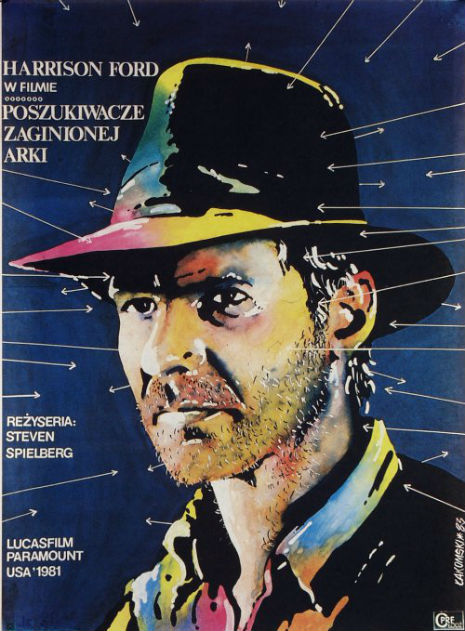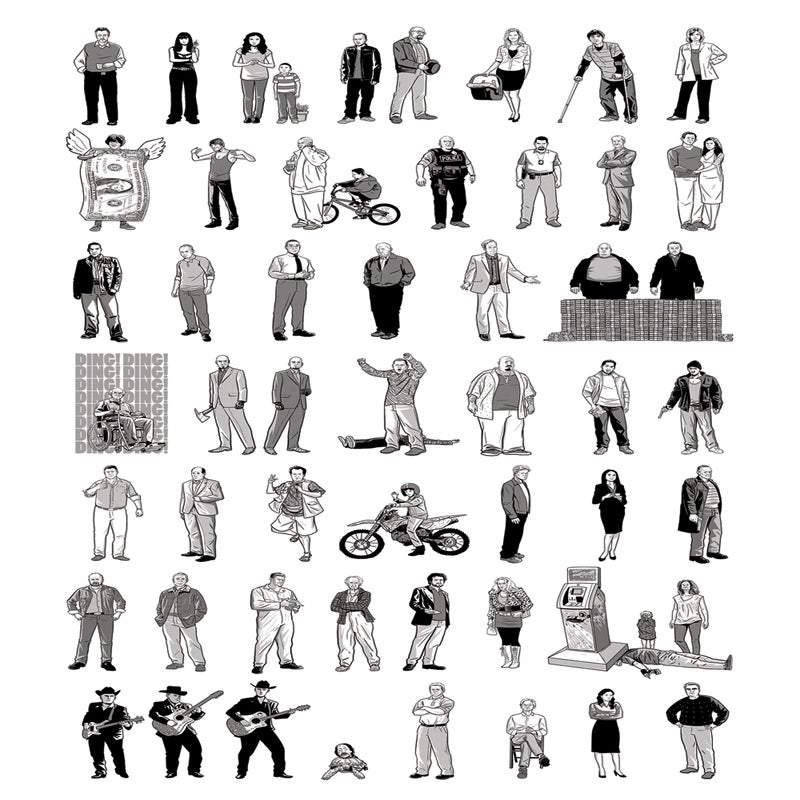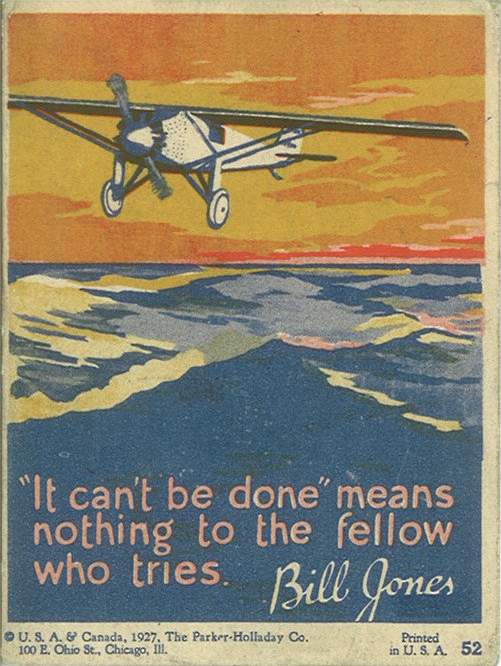Wanna see something cool?
First an explanation. Take it away,
CollectorsWeekly.com:
First appearing in the United States during the 1880s, paper crate labels were designed to draw attention to produce boxes and make them stand out at public markets. By the 1950s, though, pre-printed cardboard boxes had replaced the use of paper labels on wooden packaging, so discarded and unused crate labels became collector’s items.
Thanks to the expansion of the U.S. rail network during the late 1800s, growers were suddenly able to ship produce from one coast to the other. Labels helped identify a box’s contents, company name, and source location while this produce was en route. Primarily affixed to the ends of wooden boxes containing fresh fruits and vegetables, crate labels were also an early form of company branding and advertising, featuring full-color lithographed imagery with clever slogans and logos.
By the first half of the 20th century, the retail function of crate labels was firmly established. Most markets and grocery stores displayed produce in the same wooden crates in which it was delivered, so colorful labels became a great way for growers to differentiate their products from competitors and catch a shopper's eye. Labels emblazoned with tropical flowers, boats, and bathing beauties adorned produce boxes in markets across the country. Common brand names like “Snow Owl Apples,” “Wise Bird Citrus,” or “Blue Goose Pears” included dazzling images of fruit and animals, while other crate-label genres featured majestic landscapes, grand farm vistas, or stylized cowboys and Indians.
Since crate-label designs were typically created by commercial artists working in large cities, attributing label artwork to specific individuals is often impossible. While some paper labels are found still attached to their original wooden crates, these are generally in poor condition. Those which remained out of circulation are typically more desirable. Though most crate labels represent a reasonably affordable category to collect, value is determined by age, rarity, and visual appeal.
Ok, so crate labels, huh? Yeah, crate labels. The art is gorgeous, the color vibrant and the artists nearly anonymous.
There is a small network of collectors and the few sites that do focus on this now-basically-extinct form of advertising are more dedicated to the collecting and buy/sell/trading of these little masterpieces.
I love the art, and I wish I knew who the artists were. But, according to
BlueSkySearch.com, we're not gonna find out anytime soon (if ever):
Sadly, little is known about the artists who produced the enticing, vividly colored images for the labels that graced fruit and produce crates. Many of the artists were German immigrants who came to cities like New York and Chicago and attended trade schools to learn commercial art skills. They would often head for California to work for large printing houses like Schmidt Litho in San Francisco or Western Lithograph in Los Angeles, just two of the hundreds of companies producing labels in the late 19th to early 20th centuries.
Individual label artists were rarely, if ever, credited for their work. In fact, it's even unusual to find a printing company's identification on a label. In some instances, as with certain Western Lithograph labels, this branding is accompanied by a date indicating the month and year it was printed. A large company might employ 100 artists, who worked anonymously.
It is interesting to note that fruit crate labels from the early 20th century document many European artists' initial impressions and romantic notions of life in the United States. Perhaps, their idealized portraits of glorious fruit, colorful cowboys and Indians, rosy-cheeked children, and wholesome "pin-up girls" reflect the spirit of optimism shared by immigrant artists recently arrived in the fertile agricultural regions of California.

Here's a few of the available galleries online:
Box of Apples
The Labelman
Antique Label Company
Watch the
Pulpwear shop for a few new designs around this theme coming soon...







































